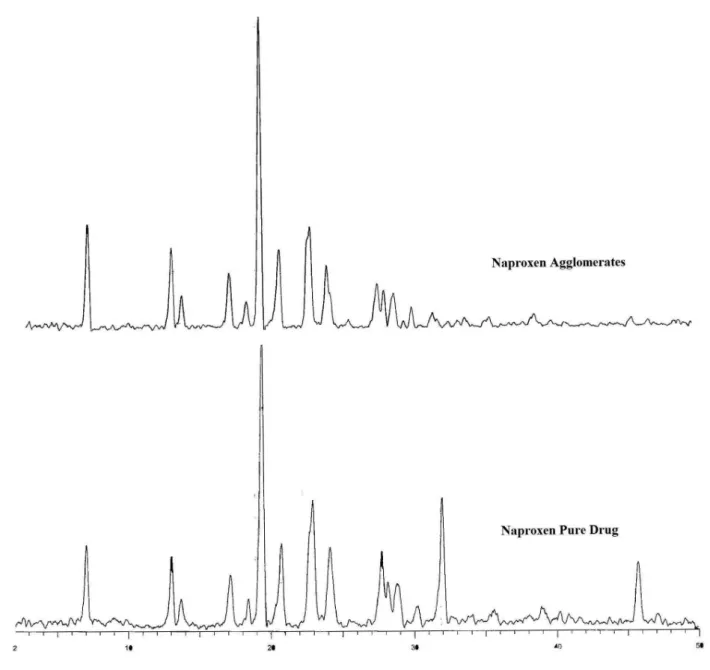Braz. J. Pharm. Sci. vol.48 número4
Texto
Imagem




Documentos relacionados
SS erythrocytes displayed increased rates of oxidation of hemoglobin and membrane lipid peroxidation compared to normal erythrocytes (HbAA, AA erythrocytes), and the concentration
in refrigerated sausages, and to compare the performance of the selective plating media employed in the ISO 11290-1 method (PALCAM and Oxford agars) with chromogenic
luence of size and crystallinity of different lipid composi - tion in SLN formulations on the occlusion factor using in vitro method and the skin hydration using corneometer in
Triplicate samples of ceftazidime, aminophylline and the drug mixture were diluted in 5% glucose par- enteral solutions, followed by HPLC analysis at 0, 2, 6 and 24 h
In vitro release proile for formulations containing diltiazem HCl loaded BSA microparticles with heat stabilization technique shows slow controlled the release of the drug up to
The matrix effect was investigated using the following procedure: the luorescence intensity of the standard QC samples was compared to the luorescence intensity of AD in spiked
It is worth mentioning that in Brazil there is no legislation that limits the release of so-called emerging contaminants. Studies in Minas Gerais on the removal of
capacities to adhere and form bioilms on polypropylene and stainless steel surfaces under the different growth conditions, and the cells in bioilm matrixes were resistant to